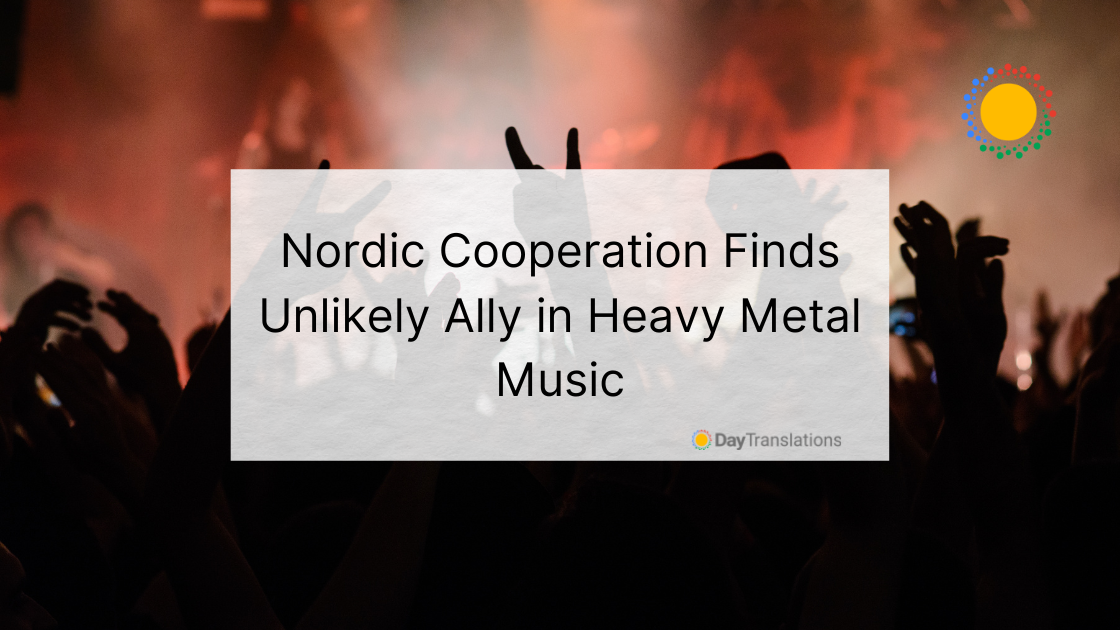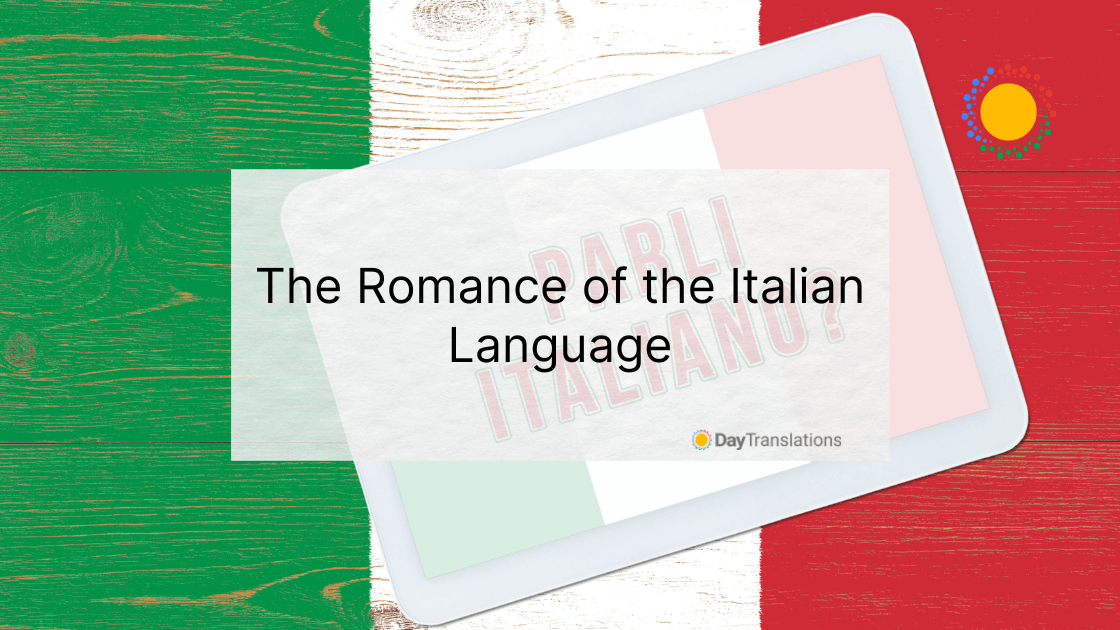Nordic heavy metal bands have unwittingly become ambassadors of the Nordic languages to other Europeans who are not merely satisfied to just groove with this emerging brand of metal. Evidently, fans of “black metal” in countries such as Italy are learning Norwegian just so they could sing along with their favorite metal tracks. There’s one big hurdle to their mastery of Nordic heavy metal music – the equally notorious long Norwegian words.
Those long Norwegian words
Apparently, the Germans do not have monopoly over long words. Norwegian is another European export that has a penchant for stringing nouns together. Although there is no need to translate “headbanging” to Norwegian because they use the English term there also, a really long word such “Engstelige toner” (anxious notes) or “andansiktsmaling” (face paint) may just find their way into black metal song lyrics.
It’s a bit of a long stretch to expect “asfylkestrafikksikkerhetsutvalgssekretariatslederfunksjonene” or “the functions of a nation’s traffic security committee head” to make it to a heavy metal song, but we’ll never know what these up and coming heavy metal Norwegian bands plan to sing about next.
Heavy metal fans can only hope that their favorite Nordic bands won’t suddenly refer to statistics books and use “sannsynlighetstetthetsfunksjonene” meaning “probability density functions” or borrow from physics and use the 60-letter long “minoritetsladningsbærerdiffusjonskoeffisientmålingsapparatur” which is a device that measures that distance between crystal particles.
Nordic language promotion
Nordic authorities may not have thought of heavy metal as a strategy to strengthen a Scandinavian language such as Norwegian, but they will surely appreciate the unlikely promotion of the language through this somewhat controversial musical expression.
There is a conscious effort amongst Nordic countries to foster comprehension and understanding of Nordic languages given research results revealing that there is now greater difficulty in comprehension amongst younger people. One of the motivations for the formation of the Nordic Declaration on Language Policy of 2006 is to safeguard the Nordic languages from such an occurrence. The main objective of this initiative is to keep the languages essential to society such as those used in legislation and education alive and strong. Heavy metal may not be the best solution, but at least young people are getting interested.
Nordic cooperation
The Scandinavian languages Swedish, Danish, and Norwegian are spoken by around a quarter of a billion people. Inhabitants of the Scandinavian or Nordic countries speak or understand one or more language other than their native tongue. Other languages spoken in the region are Icelandic, Greenlandic, Finnish, Faroese, and Danish. There are also a number of minority languages recognized in Nordic countries, namely Kven (Norwegian ethnic minority), Meänkieli (Torne River Valley in Northern Sweden), Romany (Romani or Gypsy people), and Yiddish (Ashkenazi Jewish communities).
The Scandinavian languages are very closely related in structure and vocabulary that once a person masters one language, it would be relatively easy to learn the others. In some countries, it is a requirement for students still in school to learn one of the Scandinavian languages. This is true for Finland, Greenland, Iceland, and the Faroe Islands an archipelago in the North Atlantic Ocean that belongs to Denmark.












Sorry, the comment form is closed at this time.